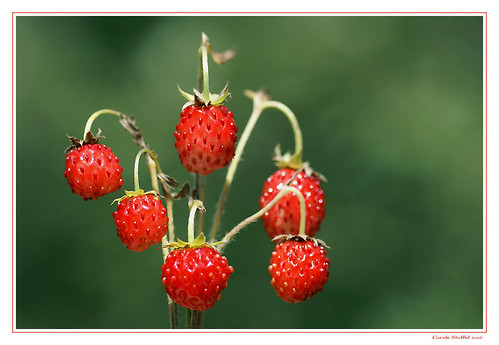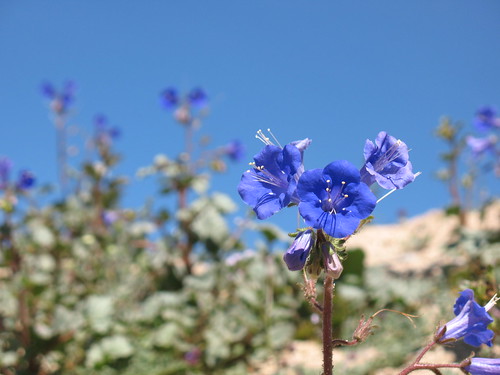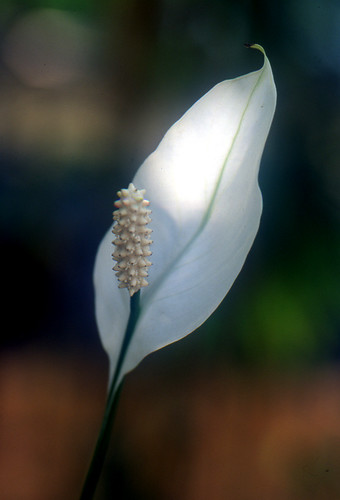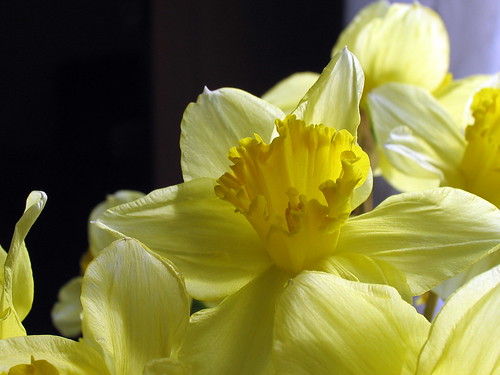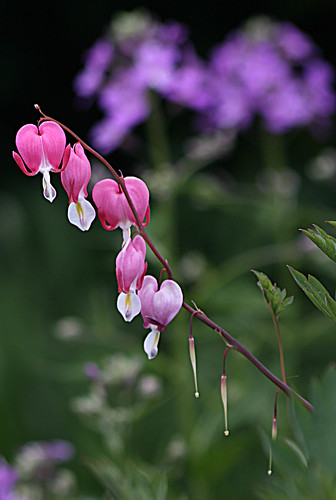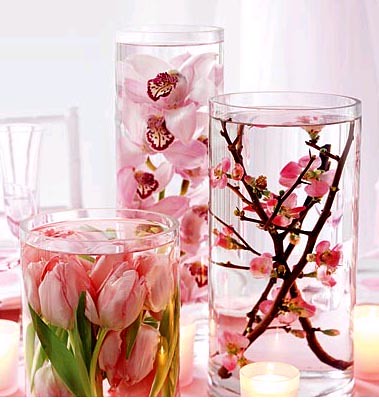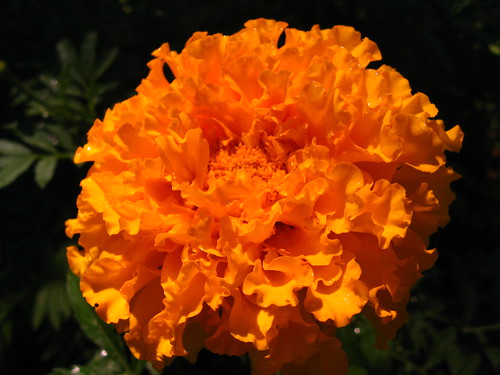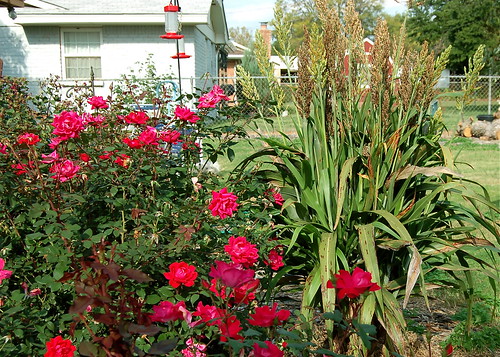
TheGardenLady received these two questions about Knock Out roses from Mary and Diane respectively.
I planted eight knock out roses in the sun last year and they bloomed. After blooming the first year I put mulch on the base of the rose bush and the ground was not frozen. This spring I cut them back slightly the first bloom was great. We went on vacation and had a bad rain storm and the roses stopped. What am I doing wrong?
Last Spring (2008) I planted 9 knock-out roses. They grew and bloomed fairly uniformly. This Spring they looked very healthy, and all burst into bloom at the same time. After the first bloom, two of them turned a very light green. I have checked them for over/under watering. Fertilizing is not an issue as I have fertilized them all uniformly. The other 7 are beginning to bloom for the second time, but these two do not have new buds. They do not look like they are ready to die. I can find no evidence of insect damage either at the root or leaf level. They are all planted in the same bed in one grouping for concentrated color (i.e. within feet of each other). I am stumped as to what to do. Any ideas?
TheGardenLady imagines that you must have a fantastic show of concentrated color with those beds Knock Out Roses. TheGardenLady has just two Knock Out Roses and the floral show is amazing.
Two questions that are similar but not the same; however the treatment of the roses should be the same.
The first lady had Knock Out roses that stopped blooming after heavy rains knocked off the flowers and haven’t started reblooming.
The second lady has some of her Knock Out roses in one bed that are not blooming.


